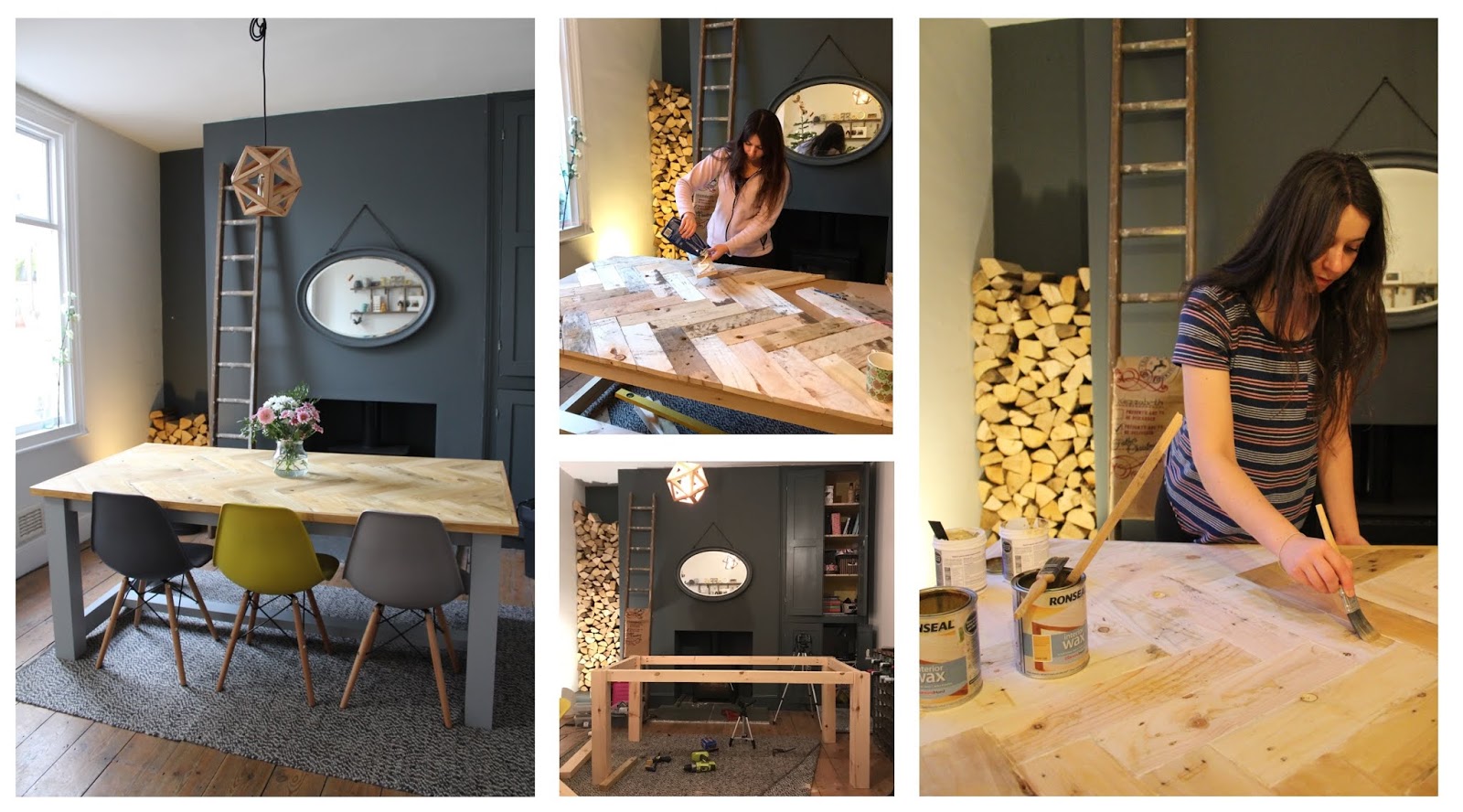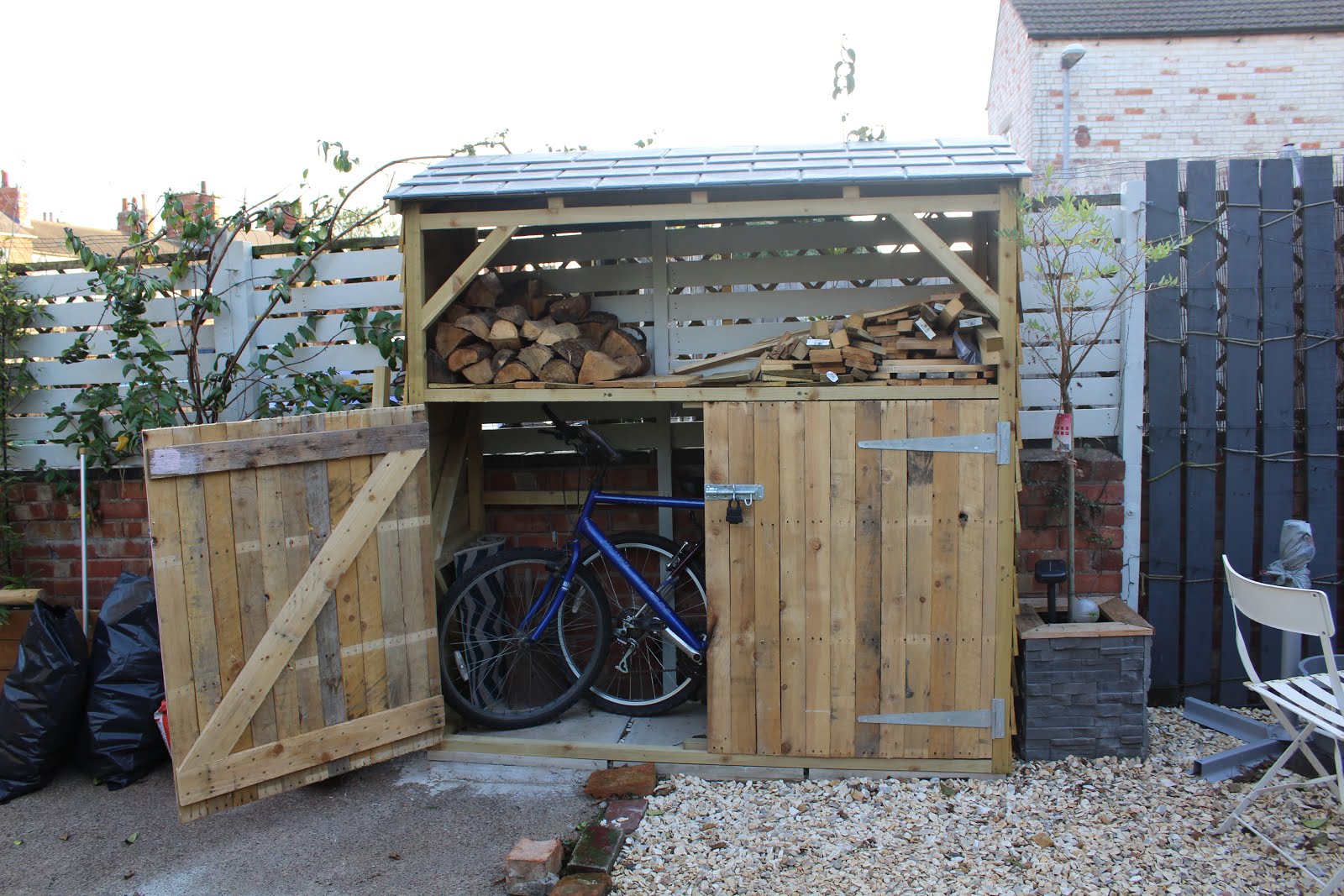Five years we’ve lived without heating. Five years with one single electric radiator moving from room to room with us as we move around the house. I kid you not. Central heating is something that’s completely alien to us. Throughout the two houses we’ve owned – we’ve never had it. Why, you ask? Because we simply don’t have enough money to have it installed as well as being able to renovate the rest of the house. It sounds so silly to decorate and do-up a house when some of more practical elements, like central heating aren’t there. But that my friends, is something I’m willing to sacrifice for the sake of a nice looking cosy homely home. Okay – who am I kidding, it’s obviously not going to be cosy unless I’m walking around wearing my duvet, but you get my drift, right? Feeling relaxed in a well put together, but colder home matters more to me than having a heated horrible dank smelly house waiting years to be able to change it.
Why we’re not DIYing the Installation
Our chimney stack is not easy to reach
Fear of Heights/Falling
Costs
Ease & Guarantees
Time
Installation Day
I should also mention, I made sure that our flue was a quality stainless steel one. I’ve read terrible terrible things about cheaper ones – so this was something we were 100% firm on – and our fitters had the exact same attitude. Initially I had intended on buying the materials for them, so we were just paying them a fitting cost. They, however were unsure about us buying materials that they wouldn’t want to fit, being a poor quality. So we both had the same expectations which was nice.
We did let them buy the materials, as their quote for the materials (by the way – first time I’ve EVER had a full itemised breakdown quote. Seriously. These guys were amazing!) was only about £100 more expensive than the pricing I had done for materials. And I guess, they probably know quality items better than I do. But, the flue was definitely a high grade stainless steel one. I recommend doing your own research on cheap flues – you’ll soon be committed to paying the extra costs of a good quality one!
The Stove: Saltfire ST3
And then – there’s the wood stove. We ended up going for the Saltfire ST3 which I purchased online from castfireplaces.co.uk – I had wanted to go and view it in person, but after the car broke and we were left car-less for months, I had to just bite the bullet and take a bit of a gamble. I’m so glad I did, I loooove it!
The heat output of this stove is up to 8KW which means it’s a little larger in size than the 5KW sizes, which I really really liked. Some of the stoves we did look at locally just looked a little small. Our opening in the chimney is quite a large one, so I wanted something that fitted comfortably in the space – not too small and not too big. This one is just perfect! The firebox is also a really good size and I’m even impressed by the simple yet modern handle. Some handles on stoves we did look at, felt just a little clunky and cheap.
We had to wait a few days for the fire cement and sealants to set before we could light it up – but oh boy, was it worth the wait. I’ve never really experienced a working log burner before having this installed. I’ve seen them in some local showrooms (the expensive kind we totally couldn’t afford) but I’ve never experienced them in a home environment and seen how good they actually are, on their own. This was installed in July so it hasn’t been put to the max test yet, but we’ve certainly given it a fair few runs and I absolutely love it.
Making Logs Last Longer
The Firemizer is basically a very thin stainless steel blended mat that sits in the bottom of your burner. It slows air flow at the base which reduces the burn rate (meaning logs last for longer!) as well as reducing creosote in the chimney/flue. It’s been tested and proven by the University of Cambridge as well as being Award Winning. Does that not say it all?! You place logs on-top of the mat and light the fire as you normally would. It’s very discreet and once a fire’s lit, you can’t really see the mat at all, it just does it’s job under-cover.
I’ve never seen another product similar to this – it’s really quite unique and actually, really clever! The mat lasts for up to six weeks, so it’s definitely worth it if your log burner sees a lot of action, as ours will! We’re still yet to fully test the log burner and the Firemizer in all its glory for long periods, (summer has barely left us!) but I definitely noticed the logs burning to a finer ash whilst using it so far! I’ll be sure to keep you updated on it in the coming months though, so keep an eye out for that.
Let me know what you think – Do you have any tips for for me with regards to burning logs? Or if you have any questions about the installation, be sure to leave them below 🙂
Costs
Breakdown of All Costs:
Labour + Certification £400
Stainless Steel Flexible Liner £300
Adapters + Bird Guard £120
Register Plate £75
Vitreous Pipe £36
Materials (Fire Cement etc) £30
Carbon Monoxide Alarm £25
Chimney Pot £65
Saltfire ST3 £499
Total: £1550
Costs from Previous Posts: £227
(includes hearth, paint, lining chimney opening, fitting a lintel – see posts below for more details.)
Total Including all of the above: £1777
If you’d like to see how we removed the old back boiler, click here.
If you’d like to see how we fitted a new chimney lintel, click here.
If you’d like to see how we lined the opening & fitted the hearth, click here.
*I received the Firemizer to test out for the blog. Thanks for supporting the brands who support this blog!











1 Comment
That was an interesting article and it seems like really good value.